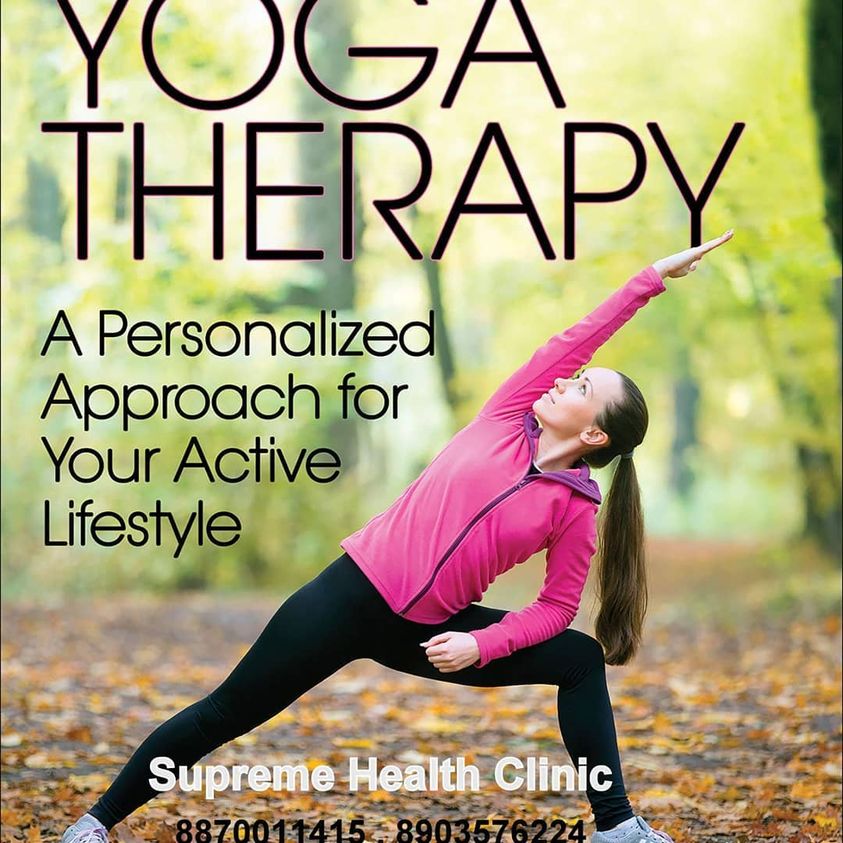The Yoga Movement: Embracing Holistic Approaches for Optimal Health
In today’s fast-paced world, it’s crucial to prioritize our well-being and adopt a holistic approach to health. The Yogic Movement, as highlighted in the YouTube video https://youtube.com/shorts/4SwJ2EVjmIc?feature=share offers valuable insights and practices to help us achieve optimal physical, mental, and spiritual health. In this blog post, we will explore the key principles and recommendations presented in the video and discuss how embracing the Satvic lifestyle can positively impact our lives.
Understanding the Yogic Lifestyle:
The blog will delve into the concept of the Satvic lifestyle, which emphasizes consuming wholesome, plant-based foods that nourish the body and mind. We will discuss the benefits of a Satvic diet, including improved digestion, increased energy levels, and enhanced mental clarity. Additionally, we will explore the importance of mindful eating and the role of yogic food in promoting overall well-being.
Embracing Yoga and Meditation:
The video from yoga Movement emphasizes the significance of incorporating yoga and meditation practices into our daily routines. In this section, we will highlight the benefits of regular yoga practice, such as increased flexibility, reduced stress, and improved mental focus. Furthermore, we will explore various meditation techniques that can help calm the mind, enhance self-awareness, and foster a deeper connection with oneself.
Promoting Detoxification and Cleansing:
Yogic Movement emphasizes the significance of detoxifying the body to maintain optimal health. We will discuss the importance of cleansing practices such as fasting, juice cleansing, and periodic detoxification to eliminate toxins and rejuvenate the body. This section will provide insights into different cleansing methods and their potential benefits.
Nurturing Emotional Well-being:
The Yogic lifestyle goes beyond physical health and emphasizes the importance of emotional well-being. We will explore strategies discussed in the video, such as positive affirmations, gratitude practices, and stress management techniques, to cultivate a balanced and joyful emotional state. By incorporating these practices into our lives, we can foster emotional resilience and experience greater harmony within ourselves.
Living in Harmony with Nature:
The Yogic Movement encourages living in harmony with nature to create a sustainable and environmentally conscious lifestyle. We will discuss eco-friendly practices highlighted in the video, such as composting, organic gardening, and reducing waste. By embracing these practices, we can contribute to the well-being of the planet while nurturing our own health.
Incorporating the principles of the Yogic Movement into our lives can have a profound impact on our overall well-being. By adopting a yogic diet, practicing yoga and meditation, embracing detoxification methods, nurturing emotional well-being, and living in harmony with nature, we can experience improved physical health, mental clarity, and spiritual growth. The YouTube video from Yogic Movement serves as an inspiring resource to guide us toward a holistic and balanced lifestyle. Let us embark on this journey of self-discovery and transformation as we embrace the yogic Movement.




